Masterson - The malaria project : the u.s. governments secret mission to find a miracle cure
Here you can read online Masterson - The malaria project : the u.s. governments secret mission to find a miracle cure full text of the book (entire story) in english for free. Download pdf and epub, get meaning, cover and reviews about this ebook. City: New York, United States, year: 2014, publisher: Penguin Publishing Group;New American Library, genre: Romance novel. Description of the work, (preface) as well as reviews are available. Best literature library LitArk.com created for fans of good reading and offers a wide selection of genres:
Romance novel
Science fiction
Adventure
Detective
Science
History
Home and family
Prose
Art
Politics
Computer
Non-fiction
Religion
Business
Children
Humor
Choose a favorite category and find really read worthwhile books. Enjoy immersion in the world of imagination, feel the emotions of the characters or learn something new for yourself, make an fascinating discovery.
- Book:The malaria project : the u.s. governments secret mission to find a miracle cure
- Author:
- Publisher:Penguin Publishing Group;New American Library
- Genre:
- Year:2014
- City:New York, United States
- Rating:5 / 5
- Favourites:Add to favourites
- Your mark:
The malaria project : the u.s. governments secret mission to find a miracle cure: summary, description and annotation
We offer to read an annotation, description, summary or preface (depends on what the author of the book "The malaria project : the u.s. governments secret mission to find a miracle cure" wrote himself). If you haven't found the necessary information about the book — write in the comments, we will try to find it.
Abstract: A fascinating and shocking historical exposE, The Malaria Project is the story of Americas secret mission to combat malaria during World War IIa campaign modeled after a German project which tested experimental drugs on men gone mad from syphilis. American war planners, foreseeing the tactical need for a malaria drug, recreated the German model, then grew it tenfold. Quickly becoming the biggest and most important medical initiative of the war, the project tasked dozens of the countrys top research scientists and university labs to find a treatment to remedy half a million U.S. troops incapacitated by malaria. Spearheading the new U.S. effort was Dr. Lowell T. Coggeshall, the son of a poor Indiana farmer whose persistent drive and curiosity led him to become one of the most innovative thinkers in solving the malaria problem. He recruited private corporations, such as todays Squibb and Eli Lilly, and the nations best chemists out of Harvard and Johns Hopkins to make novel compounds that skilled technicians tested on birds. Giants in the field of clinical research, including the future NIH director James Shannon, then tested the drugs on mental health patients and convicted criminalsincluding infamous murderer Nathan Leopold. By 1943, a dozen strains of malaria brought home in the veins of sick soldiers were injected into these human guinea pigs for drug studies. After hundreds of trials and many deaths, they found their magic bullet, but not in a U.S. laboratory. America s best weapon against malaria, still used today, was captured in battle from the Nazis. Called chloroquine, it went on to save more lives than any other drug in history. Karen M. Masterson, a journalist turned malaria researcher, uncovers the complete story behind this dark tale of science, medicine and war. Illuminating, riveting and surprising, The Malaria Project captures the ethical perils of seeking treatments for disease while ignoring the human condition
Masterson: author's other books
Who wrote The malaria project : the u.s. governments secret mission to find a miracle cure? Find out the surname, the name of the author of the book and a list of all author's works by series.

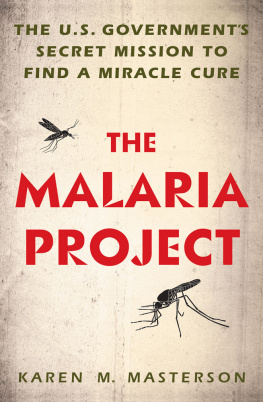
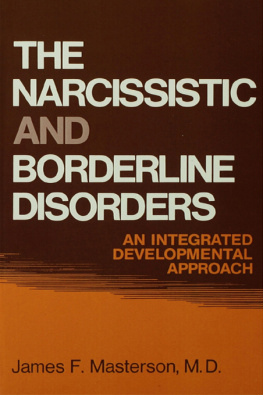
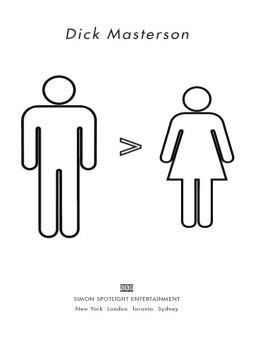



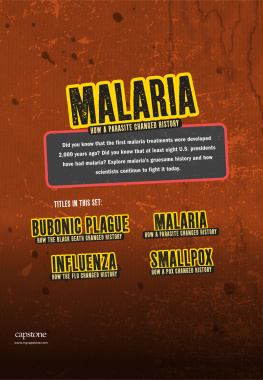

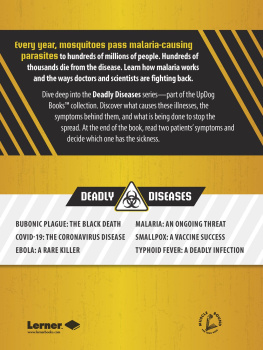




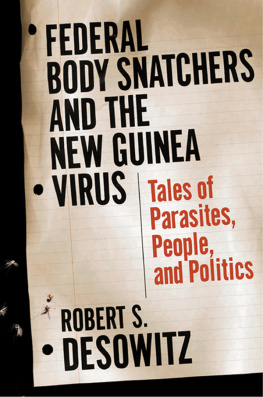
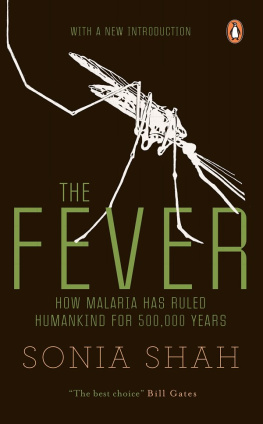

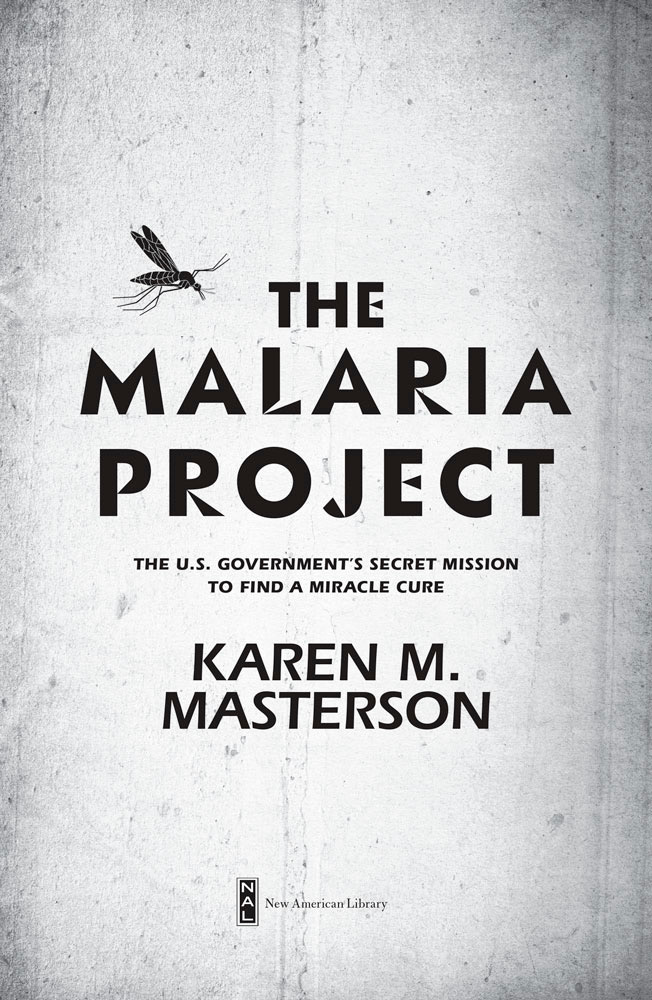

 REGISTERED TRADEMARKMARCA REGISTRADA
REGISTERED TRADEMARKMARCA REGISTRADA